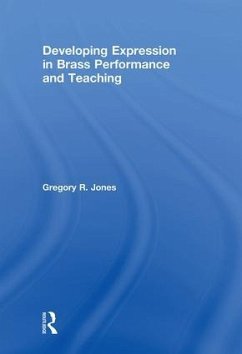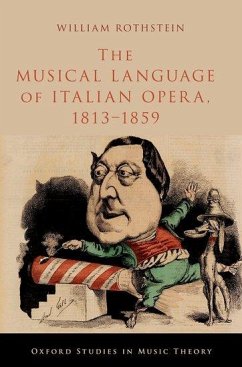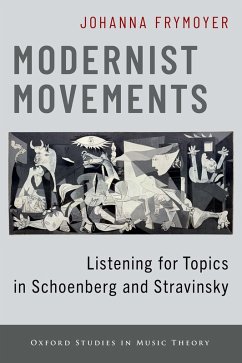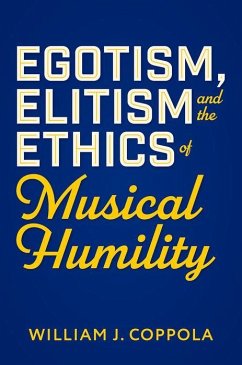
Embodied Expression in Popular Music
A Theory of Musical Gesture and Agency
Versandkostenfrei!
Versandfertig in über 4 Wochen
89,99 €
inkl. MwSt.
Weitere Ausgaben:

PAYBACK Punkte
45 °P sammeln!
This book explores the intimate connection between body and instrument in popular music, explaining chords, melodies, riffs, and grooves in terms of embodied movement, which in turn informs the imagination in constructing meaning in songs. Tracing connections from foundational blues, gospel, and rock musicians to current rap artists, author Timothy Koozin demonstrates how a focus on body-instrument interaction can illuminate creative strategies while leveling implied hierarchies of cultural value, revealing how artists represent subjectivities of gender, race, and social class in shaping songs...
This book explores the intimate connection between body and instrument in popular music, explaining chords, melodies, riffs, and grooves in terms of embodied movement, which in turn informs the imagination in constructing meaning in songs. Tracing connections from foundational blues, gospel, and rock musicians to current rap artists, author Timothy Koozin demonstrates how a focus on body-instrument interaction can illuminate creative strategies while leveling implied hierarchies of cultural value, revealing how artists represent subjectivities of gender, race, and social class in shaping songs and whole albums.













